ROOM: The Space magazine is one of the major magazines on space exploration, technology and industry. At ROOM, we share a common goal – promotion of peaceful space exploration for the benefit of humankind, all while bringing you fascinating articles on an array of trending topics. Our authors include analysts and industry leaders from all over the world, which lets us bring you the newest and accurate information about nasa's kepler marks 1000th exoplanet discovery.
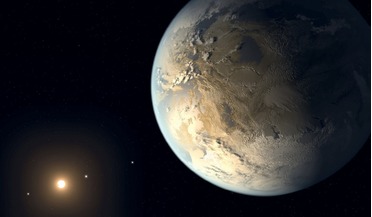 August 2018
Exoplanet census promises radical discoveries
August 2018
Exoplanet census promises radical discoveries
...From the first exoplanet discovery (by Swiss astronomers, Michel Mayor and Didier Queloz) of a half-Jupiter-mass planet orbiting the star 51 Pegasi on a four-day orbit to the remarkable discoveries of NASA’s Kepler space telescope, ...progress has been rapid and surprising. The vast majority of the more than 3,700 known exoplanets are unlike any of the planets in ...
 April 2019
Scanning the skies for exoplanets
April 2019
Scanning the skies for exoplanets
...agency has ever sent into space, Kepler. During its lifetime, Kepler observed an astonishing 530,506 stars and found over 2660 exoplanets. Its discoveries revolutionised the field of exoplanet studies as it revealed a plethora ...large. With thousands more worlds left to uncover, NASA has already dispatched a replacement to carry on where Kepler left off. Launched in April 2018, the Transiting Exoplanet Survey Satellite (TESS) is designed to search ...
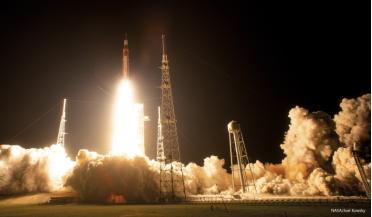 April 2025
Lego’s tribute to NASA’s SLS and Artemis
April 2025
Lego’s tribute to NASA’s SLS and Artemis
...announced in April 2019, had predicted an Artemis II mission by 2022, but this was later delayed until 2025. NASA’s current expectation is to launch Artemis II, which will take a crew of four on a 10-day lunar fly...sustainable development of the space environment, and is a chartered physicist and chartered engineer. In 2008, Mark developed a sub-career as a stock photographer and currently licenses images across several platforms including Getty ...
 January 2023
Private space stations and NASA’s effort to re-invent itself
January 2023
Private space stations and NASA’s effort to re-invent itself
... lifetime ended up being more than twice its original design-life (32 years rather than 15). However, the NASA of the 2020s is clearly intent on reinventing itself. Today, it is no longer developing ‘technical specifications’ in-house;... of $125.6 million to develop a comprehensive space station design which received high marks in the NASA design review process. These favourable comments included having the most conventional metal-based cylindrical...
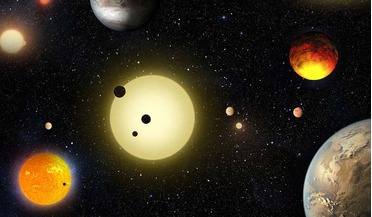 11 May 2016
Kepler scientists announce a major increase in confirmed exoplanet numbers
11 May 2016
Kepler scientists announce a major increase in confirmed exoplanet numbers
..., even though at this stage they cannot be claimed as true exoplanet discoveries. In this latest announcement, Kepler scientists have doubled the number of known exoplanets smaller than the size of Neptune in our own Solar System and.... The light and dark green shaded regions indicate the conservative and optimistic habitable zone. Credits: NASA Ames/N. Batalha and W. Stenzel Despite announcing the single largest finding of planets to date, it...
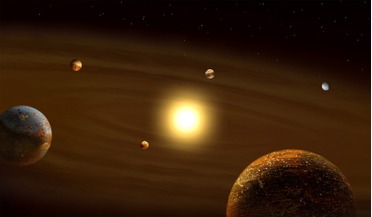 27 July 2019
Hundreds of new planet candidates detected by Kepler
27 July 2019
Hundreds of new planet candidates detected by Kepler
...as this news is, TESS is not the only one making substantial discoveries. Although now officially retired, NASA’s first formidable exoplanet telescope – Kepler – has gone one better. Make that a few hundred better. ... to its new stellar target, Kepler had racked up its 1,000th confirmed exoplanet discovery. Kepler’s K2 mission comprised of 19 ‘campaigns,’ lasting around 80 days each. These new discoveries were all extracted from data collected...
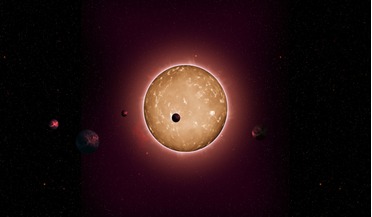 24 November 2021
Astronomers discover more than 350 possible new exoplanets
24 November 2021
Astronomers discover more than 350 possible new exoplanets
Using a new algorithm designed to automatically sift through data collected by NASA’s Kepler mission, scientists at UCLA have identified 366 new exoplanets and 17 new multi-planet systems, including one with two Saturn-sized gas giant planets ... data limitations have meant that the team were unable to confirm its existence. Other notable new discoveries include EPIC 249731291, an early-type F dwarf (or sub-giant) system with two short period gas ...
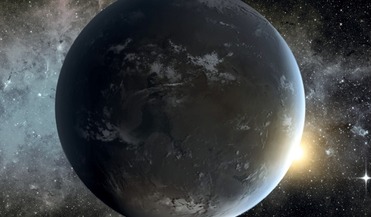 October 2019
Are we prepared for SETI discovery?
October 2019
Are we prepared for SETI discovery?
...unconnected with the character, distance, etc., of the phenomenon itself. NASA/JSC SETI research How will humanity react to the first discovery of extraterrestrial life or alien technology? The aim of astrobiological research ...there is no hope of a direct investigation and the new methods can observe only indirect consequences of life on exoplanets. As a result, at present, there is no well-founded and authentic result that proves the existence of...
 September 2017
Science searches for cosmic company
September 2017
Science searches for cosmic company
..., if we wish to find clever aliens, we must turn to worlds orbiting other stars. Investigations using NASA’s Kepler space telescope suggest that perhaps as many as one in five stars host a planet that could support some...company No one can be certain whether SETI will ever succeed. However, some practitioners are optimistic that a discovery might occur in the next two decades, spurred by the exponential improvement in search speed. If so, what...